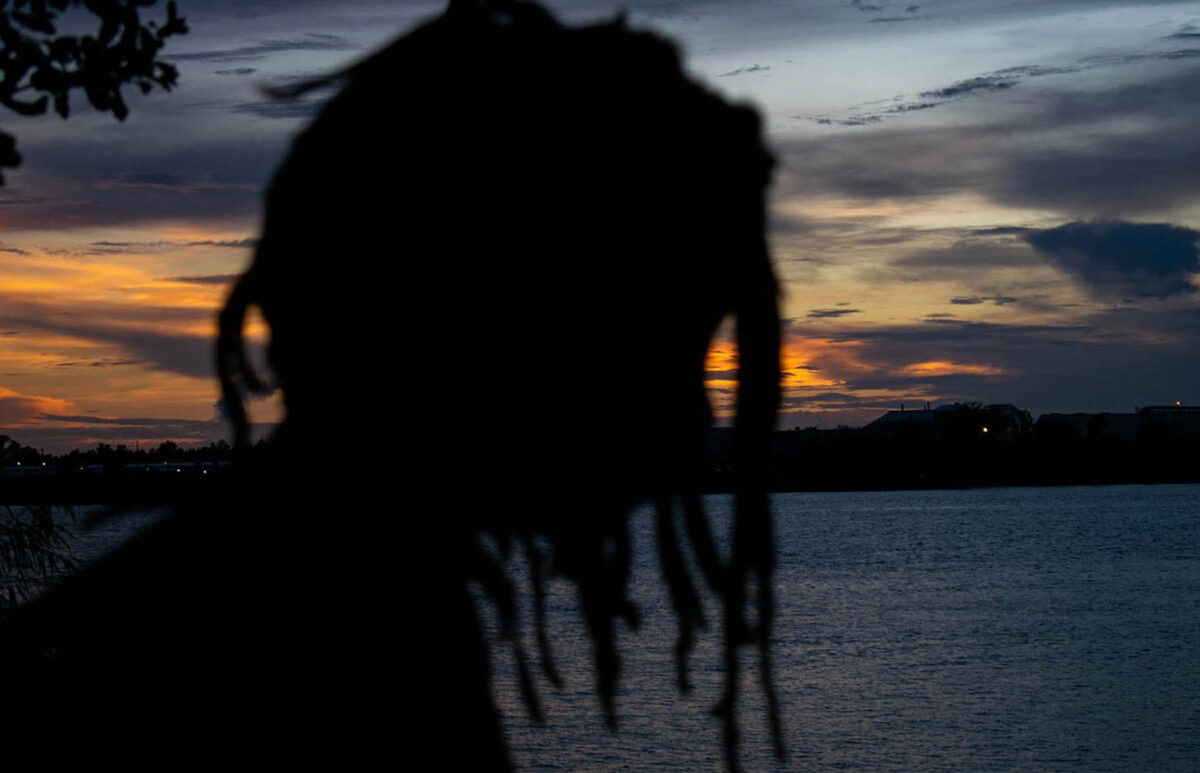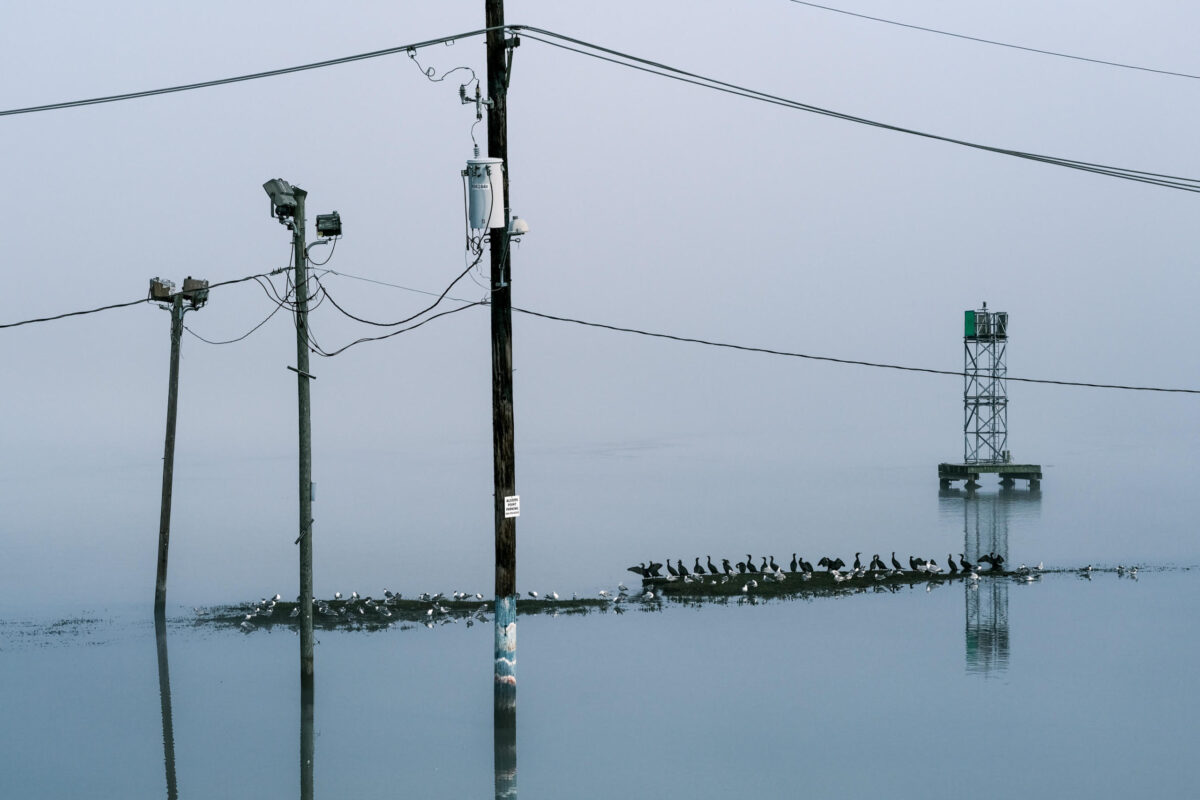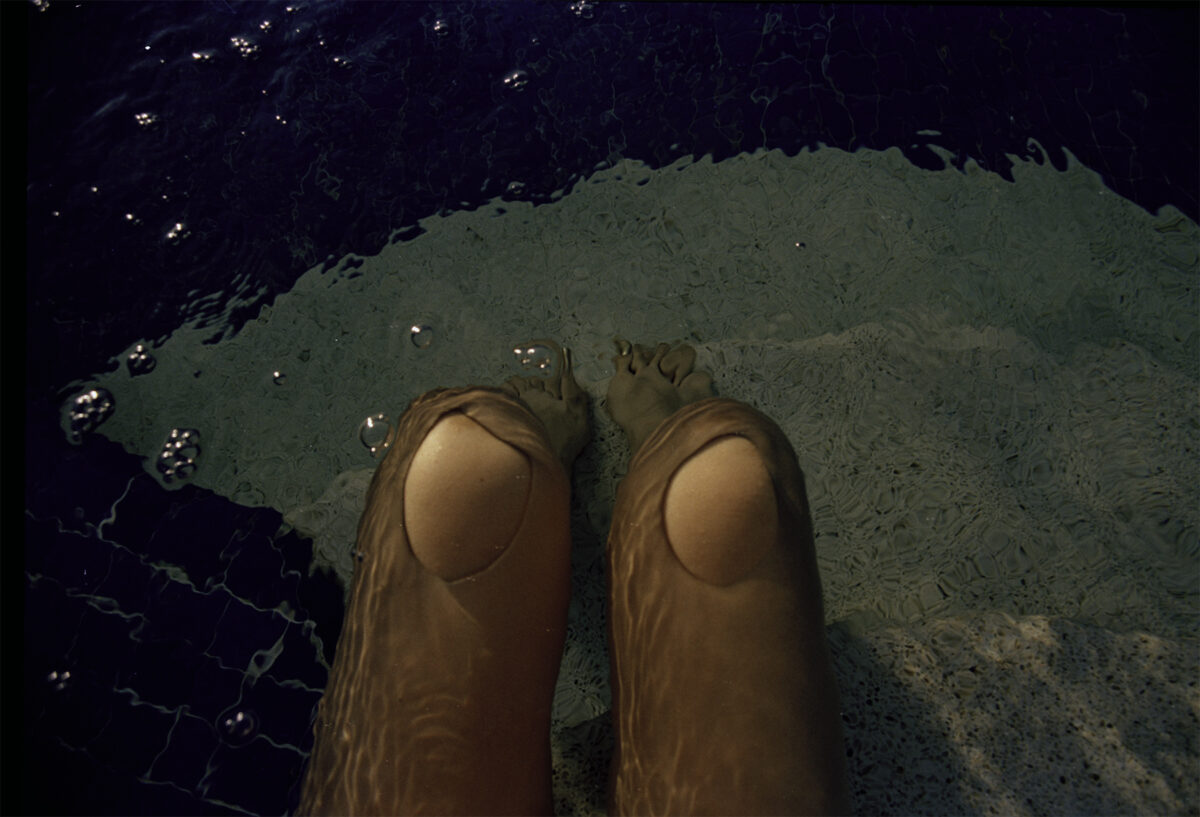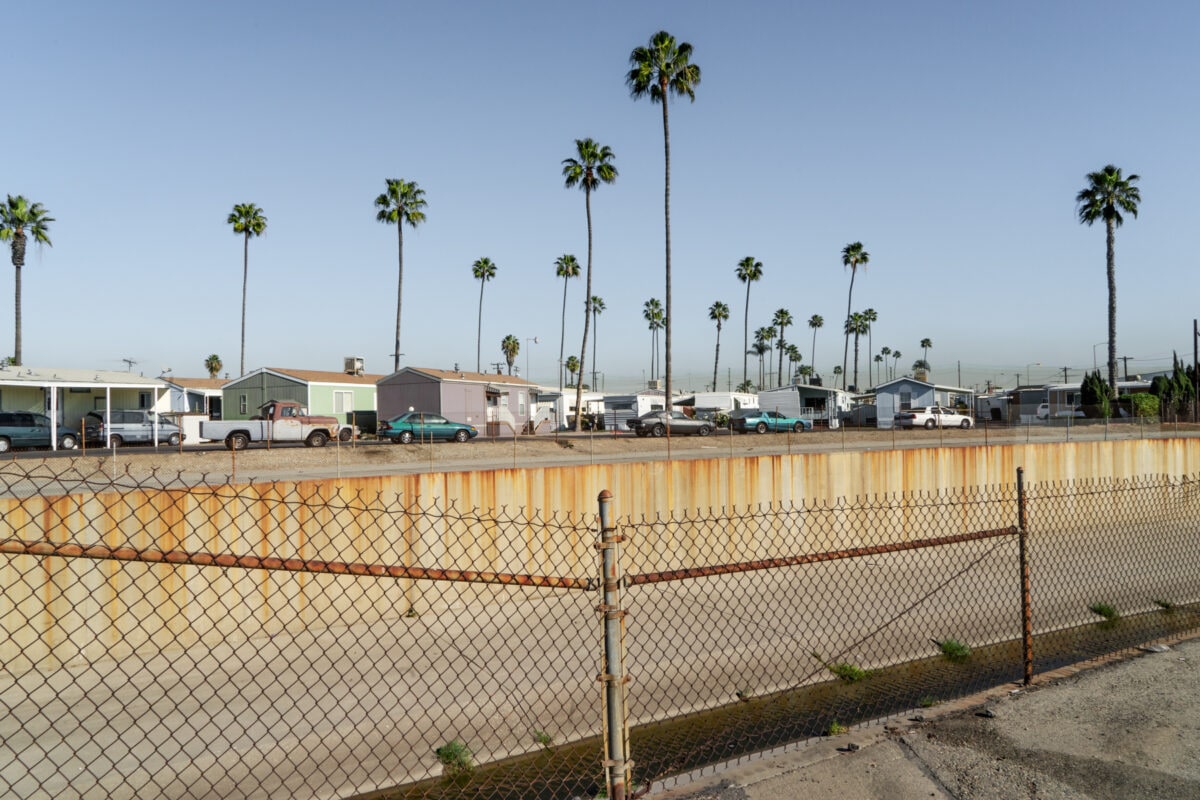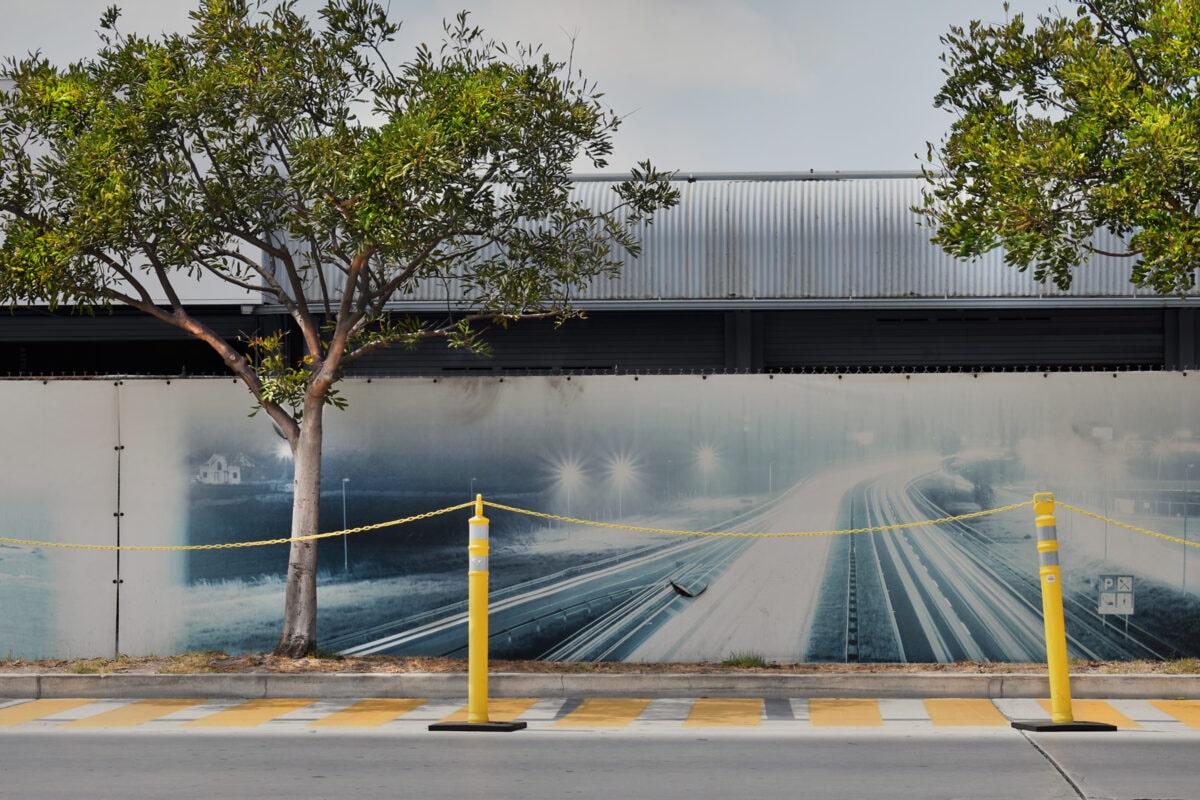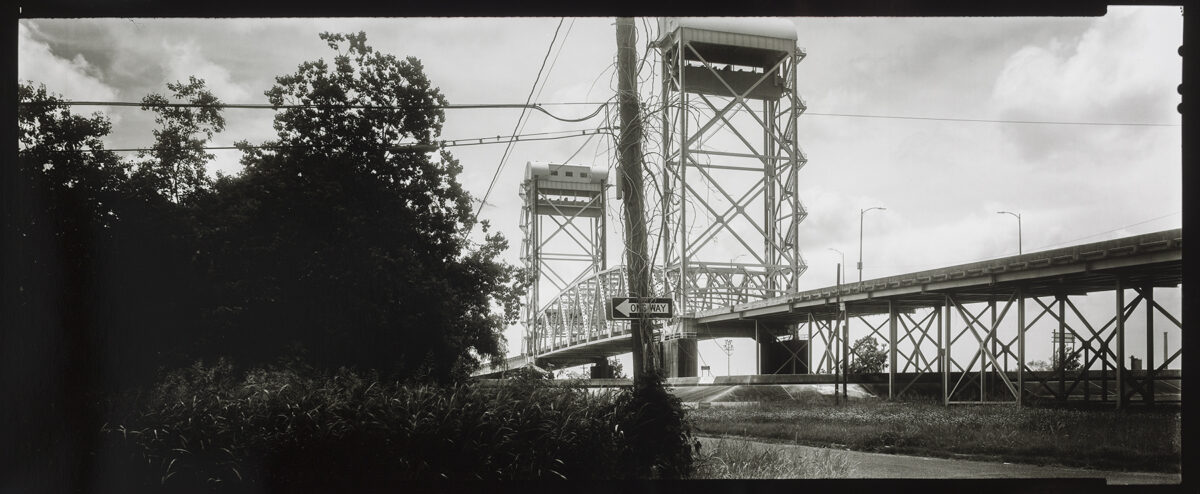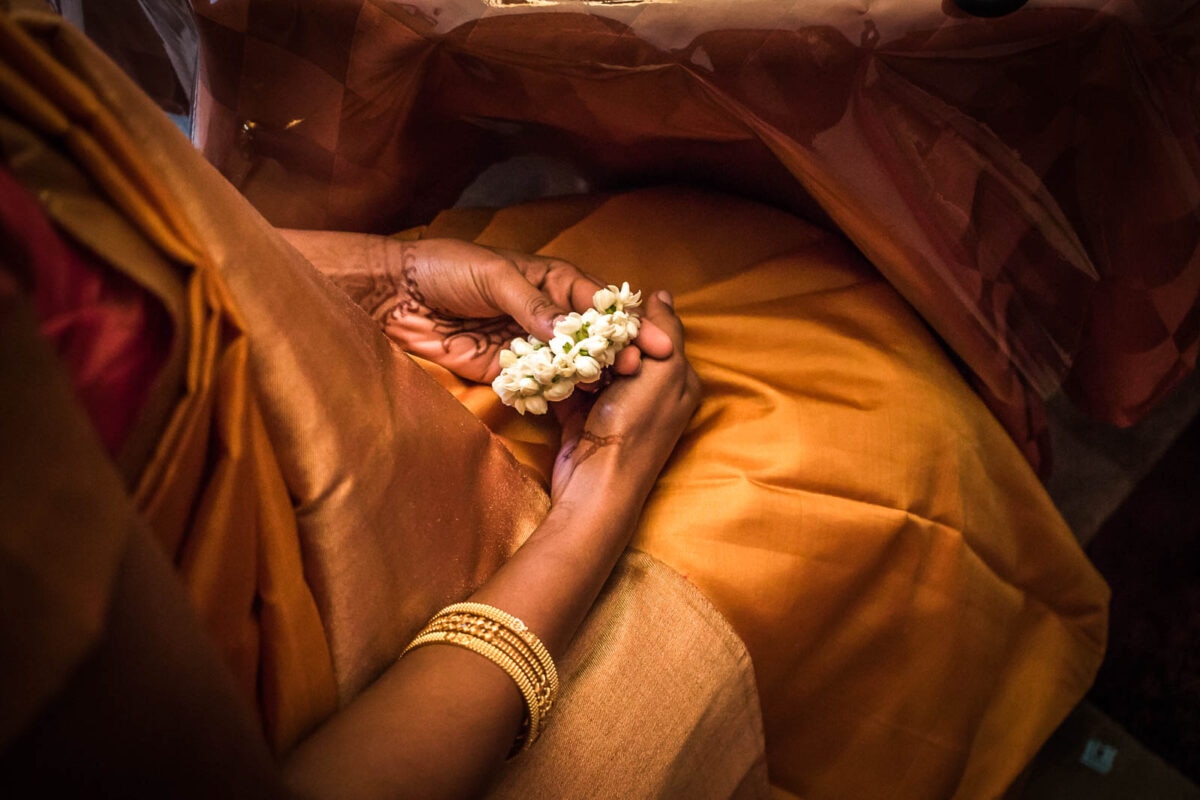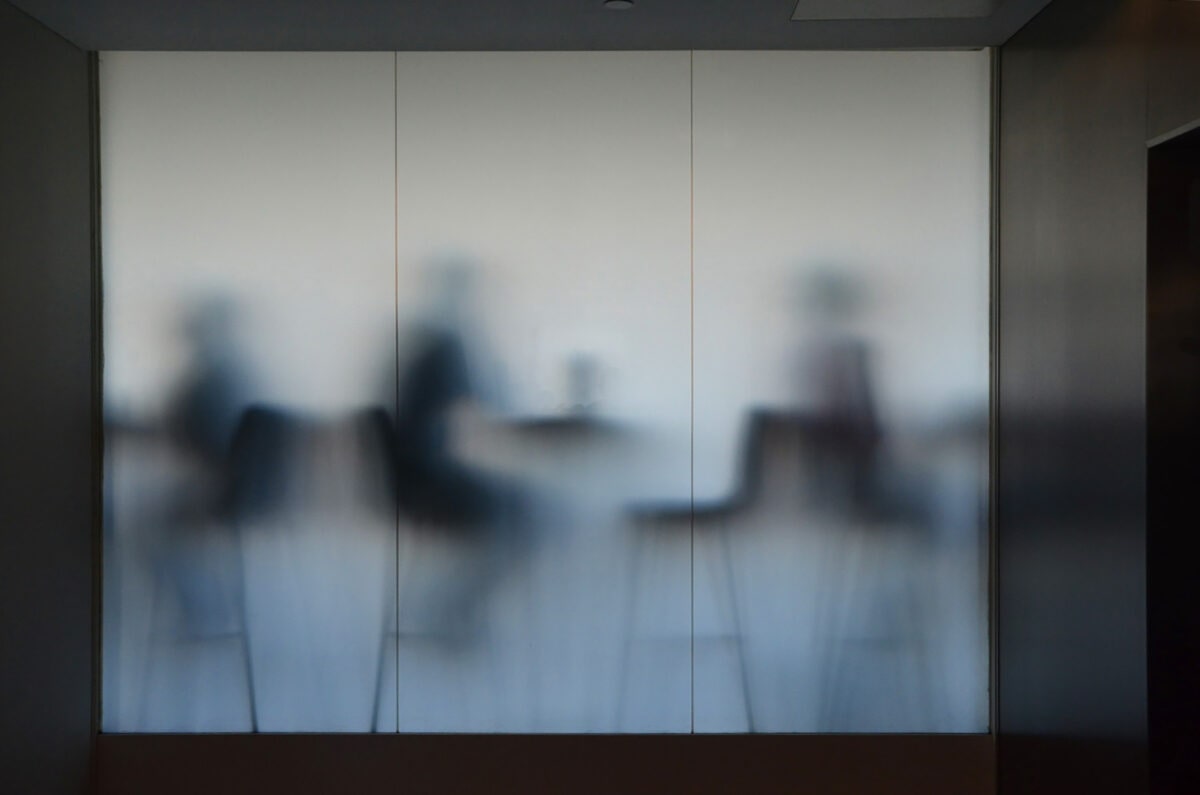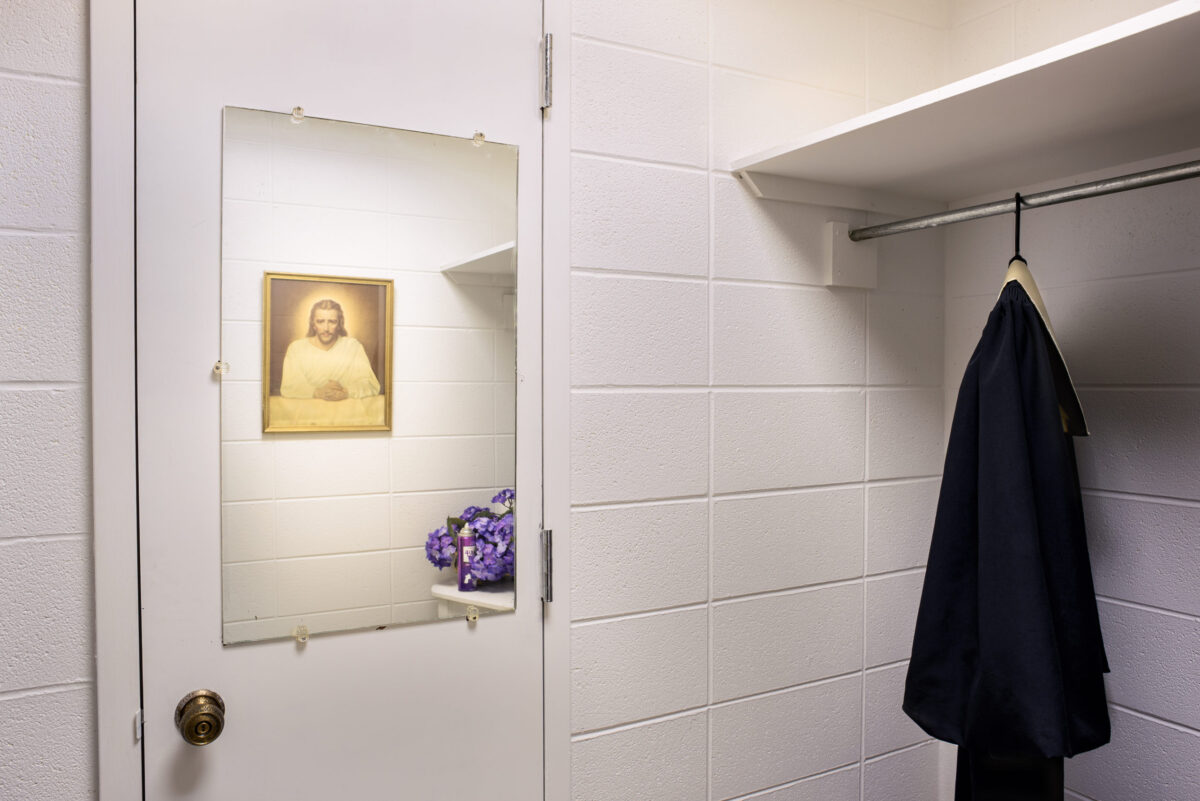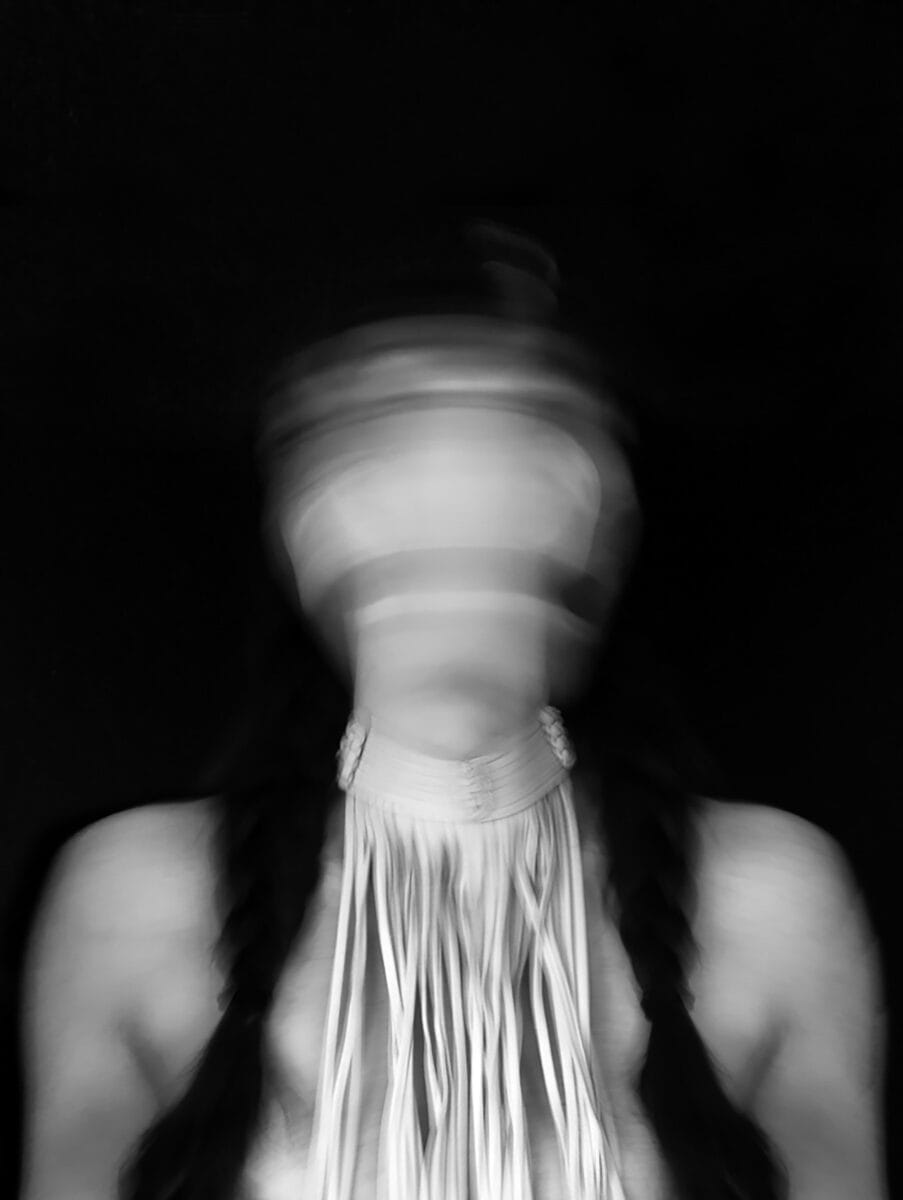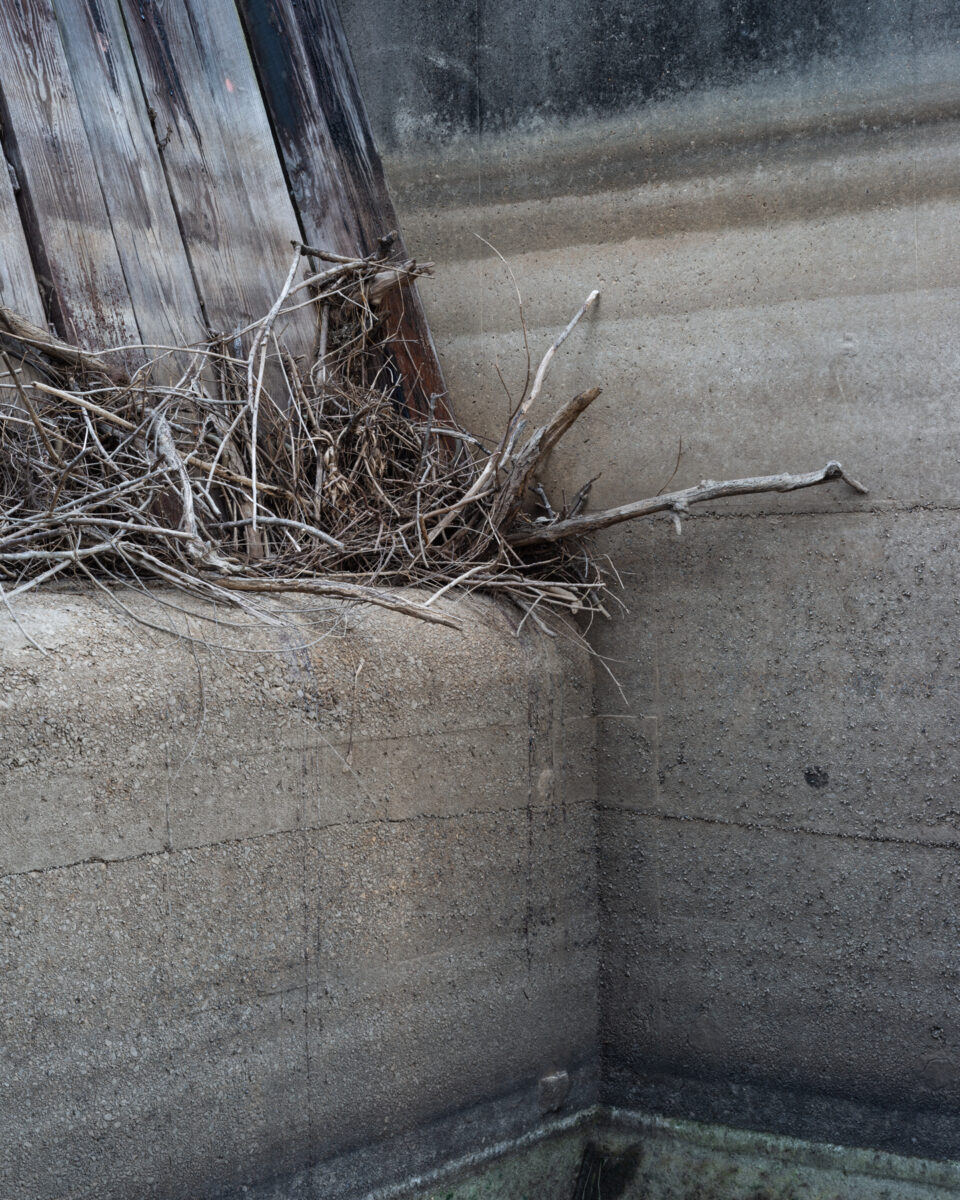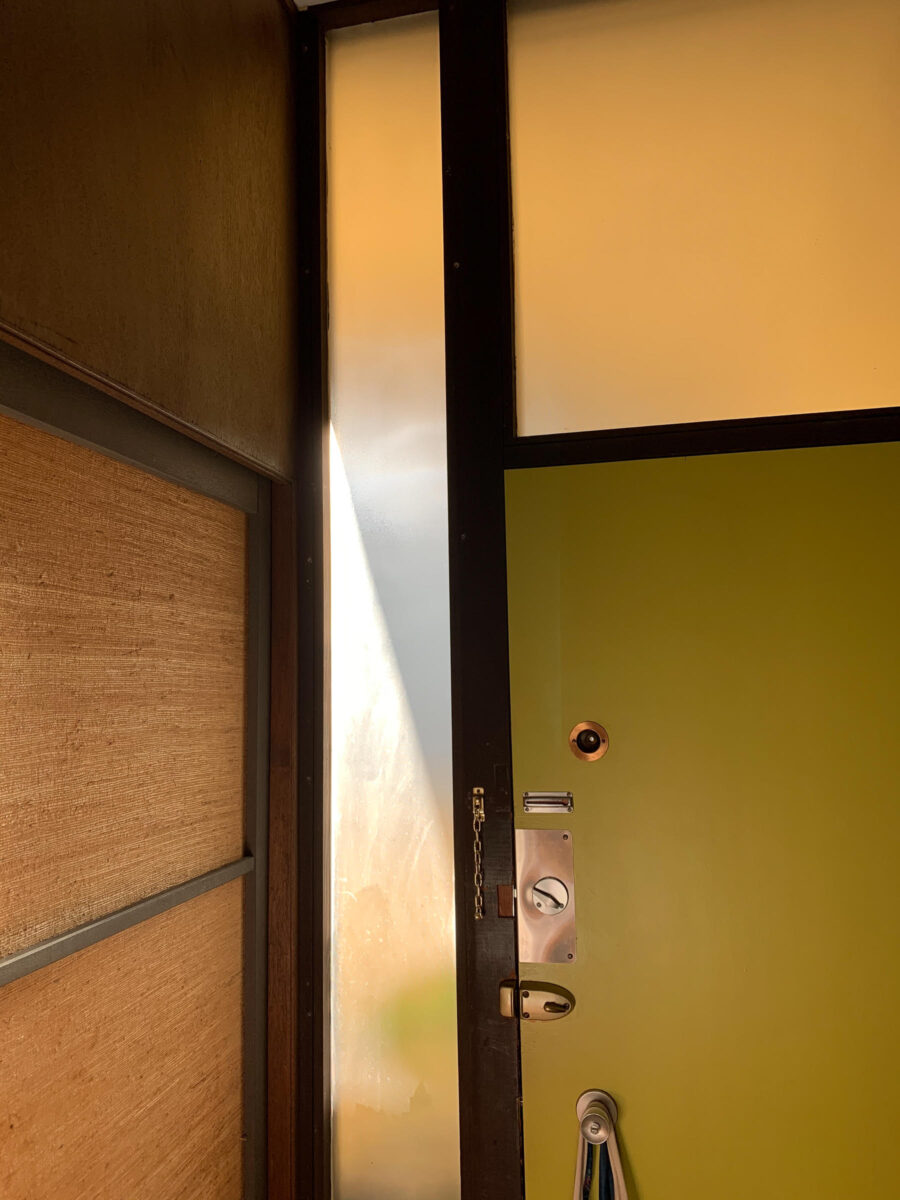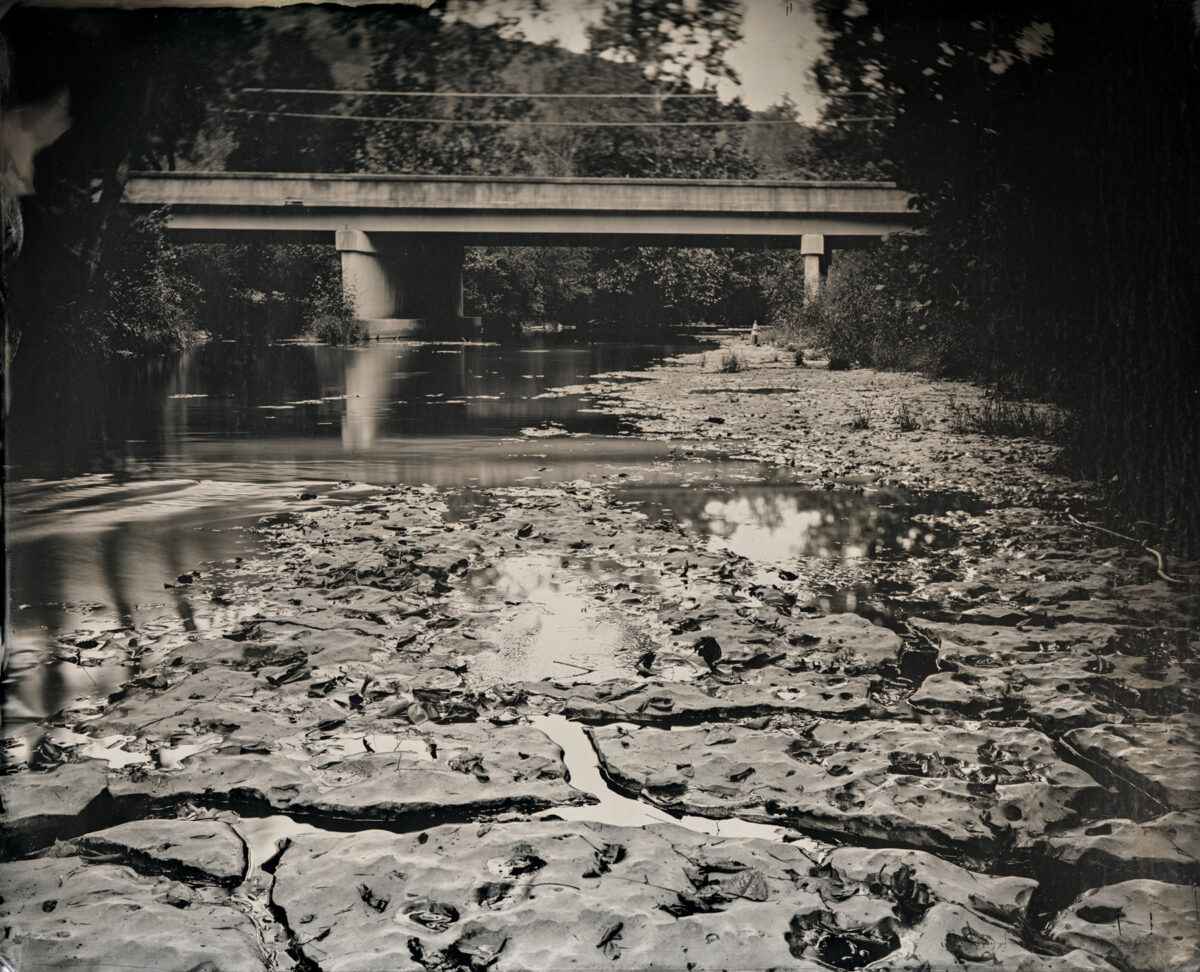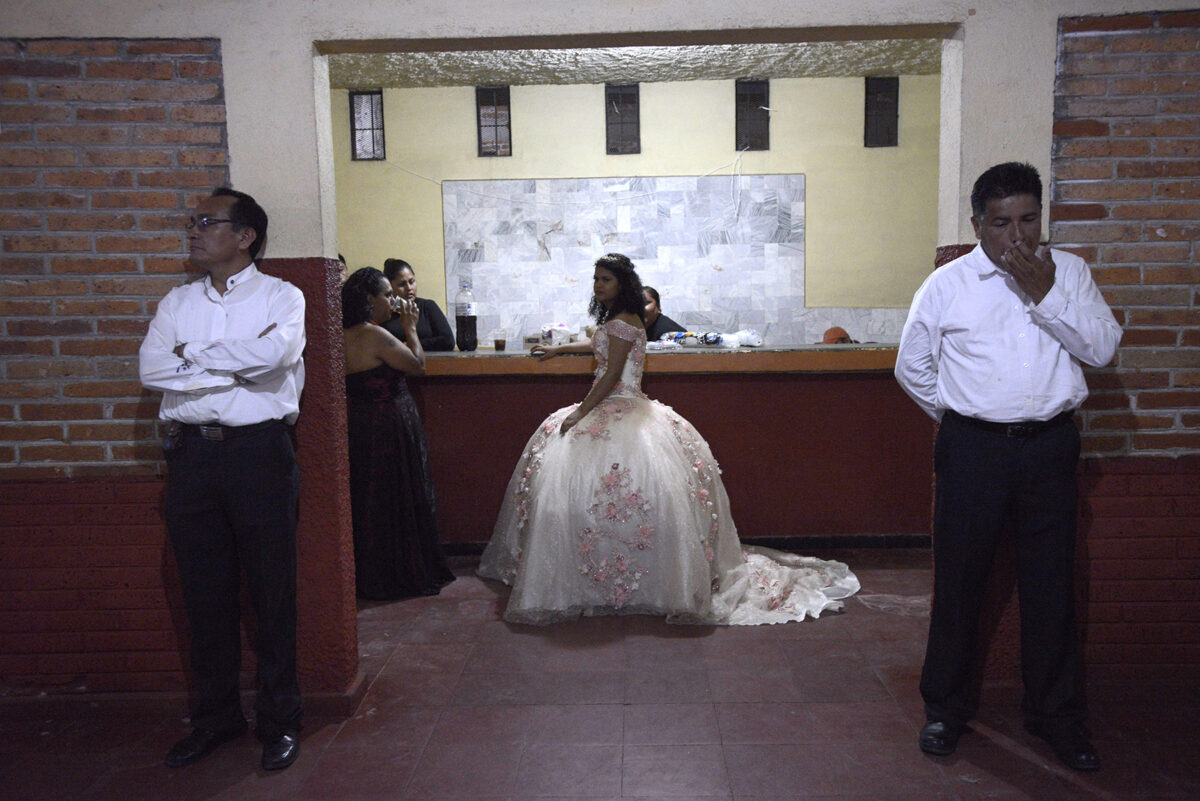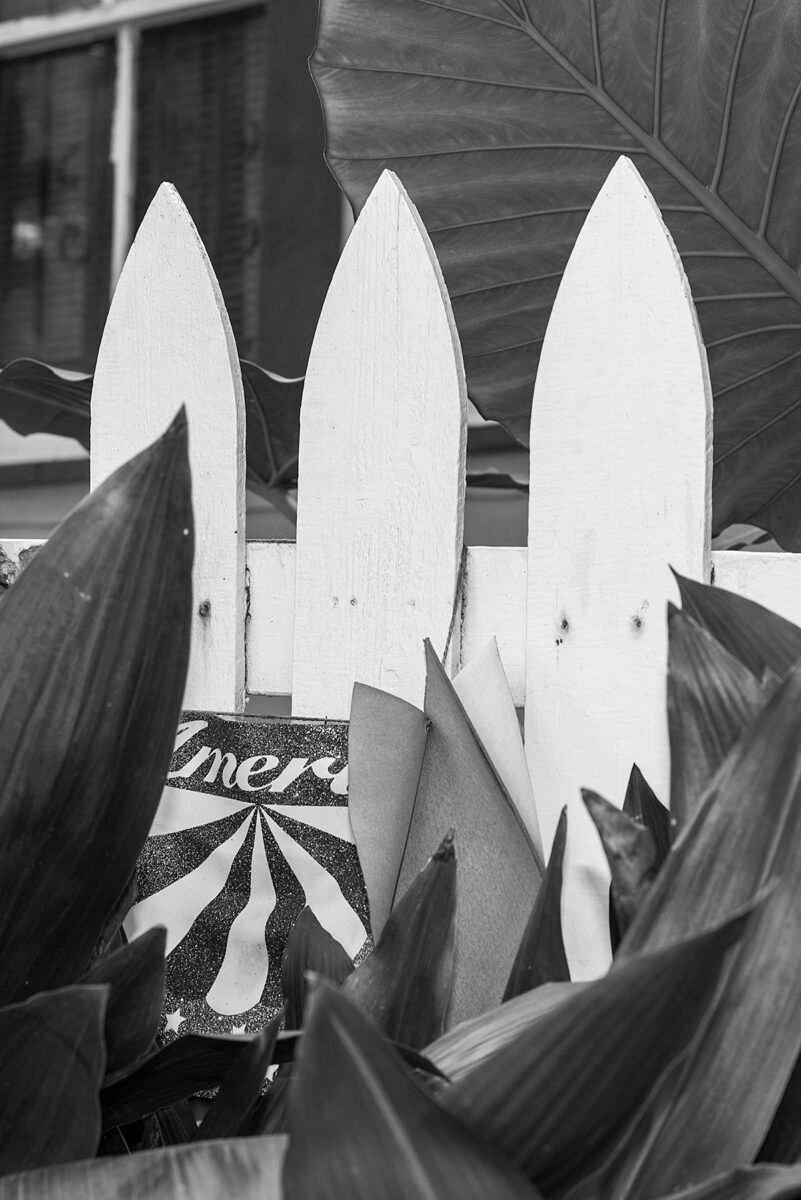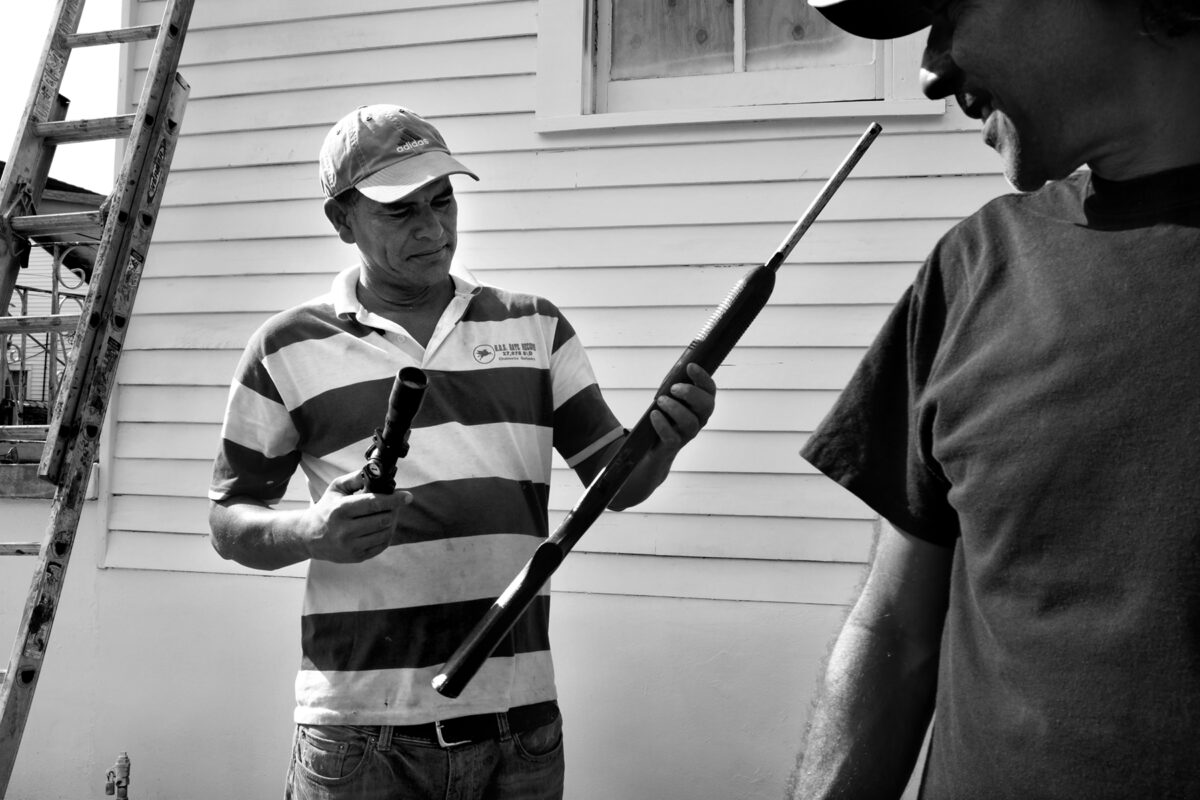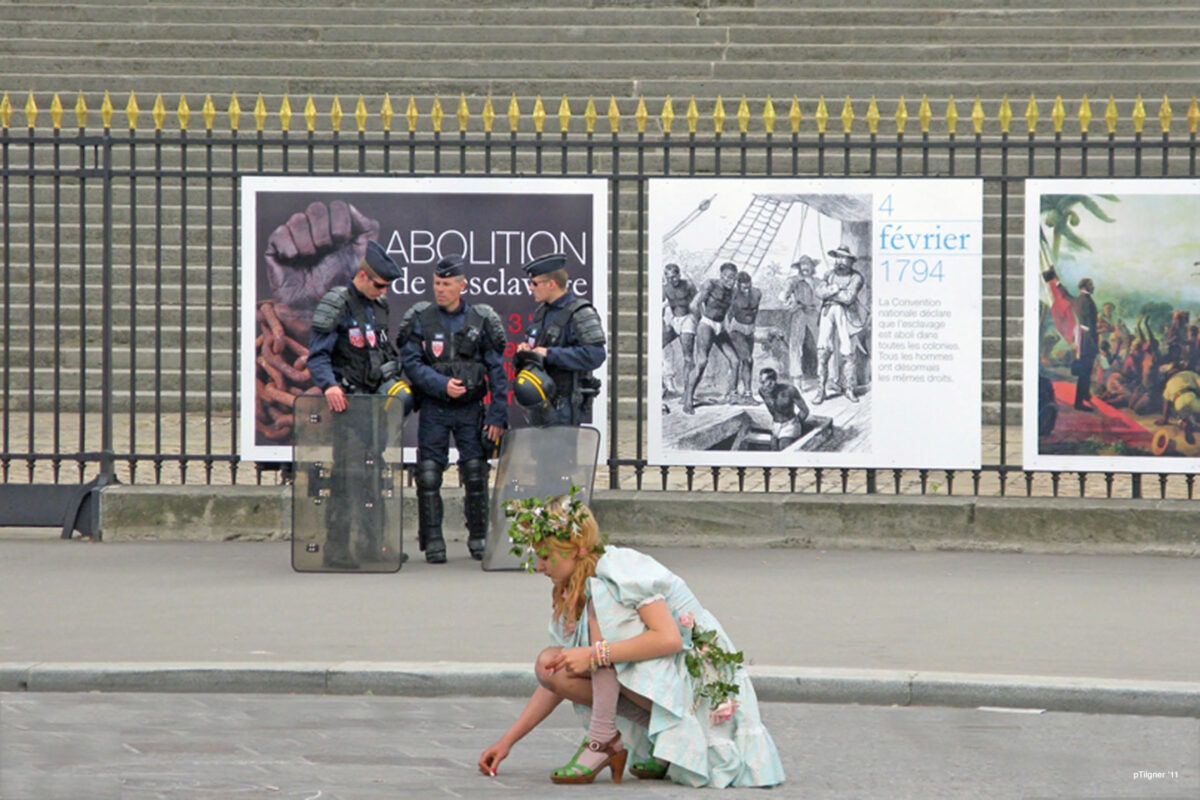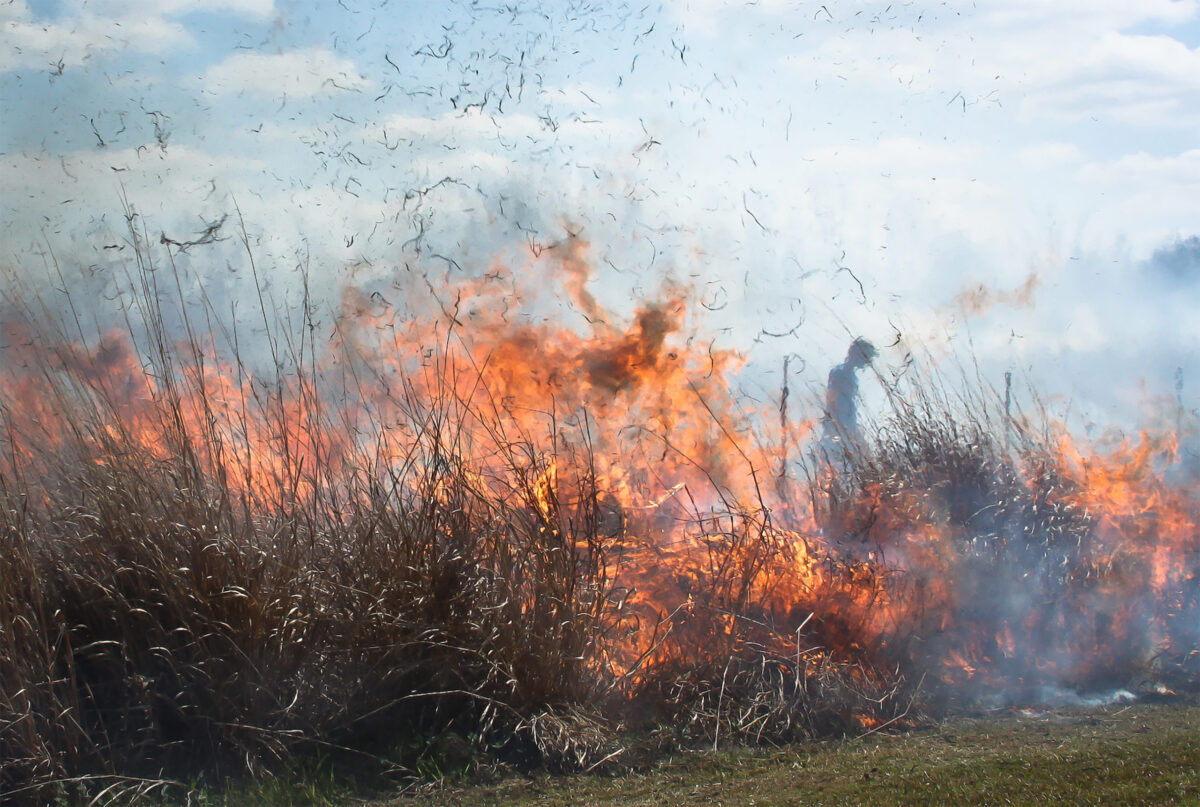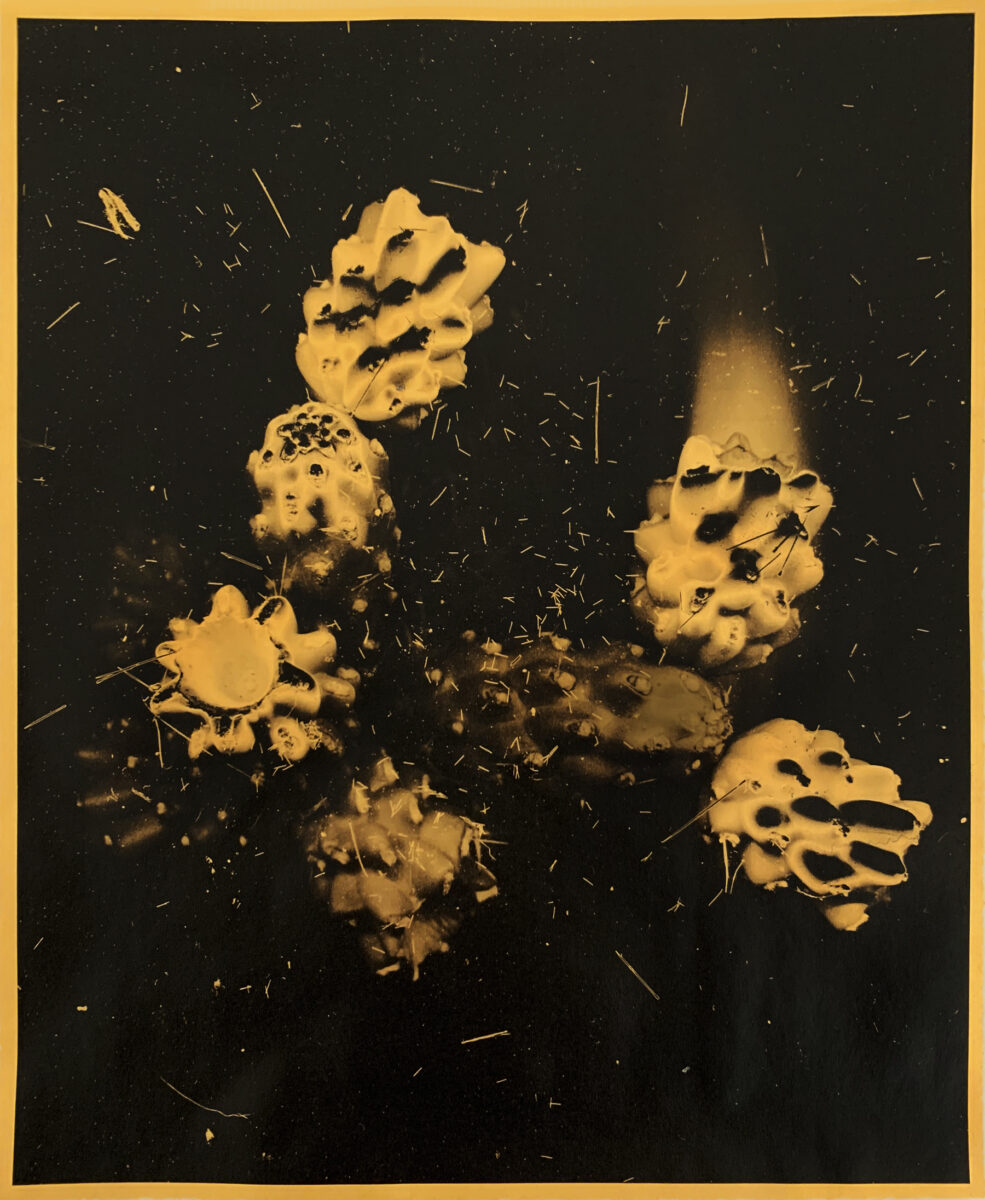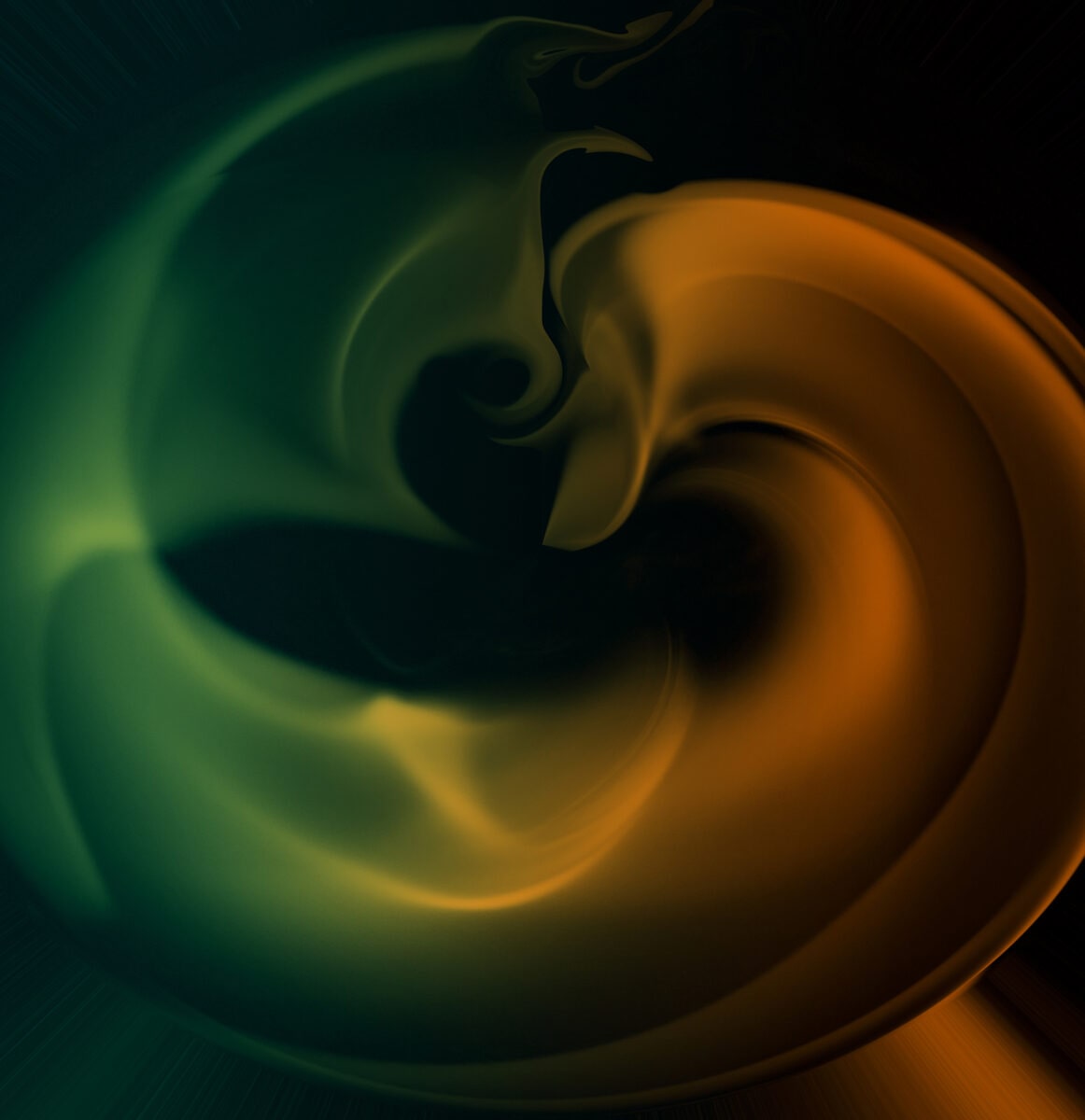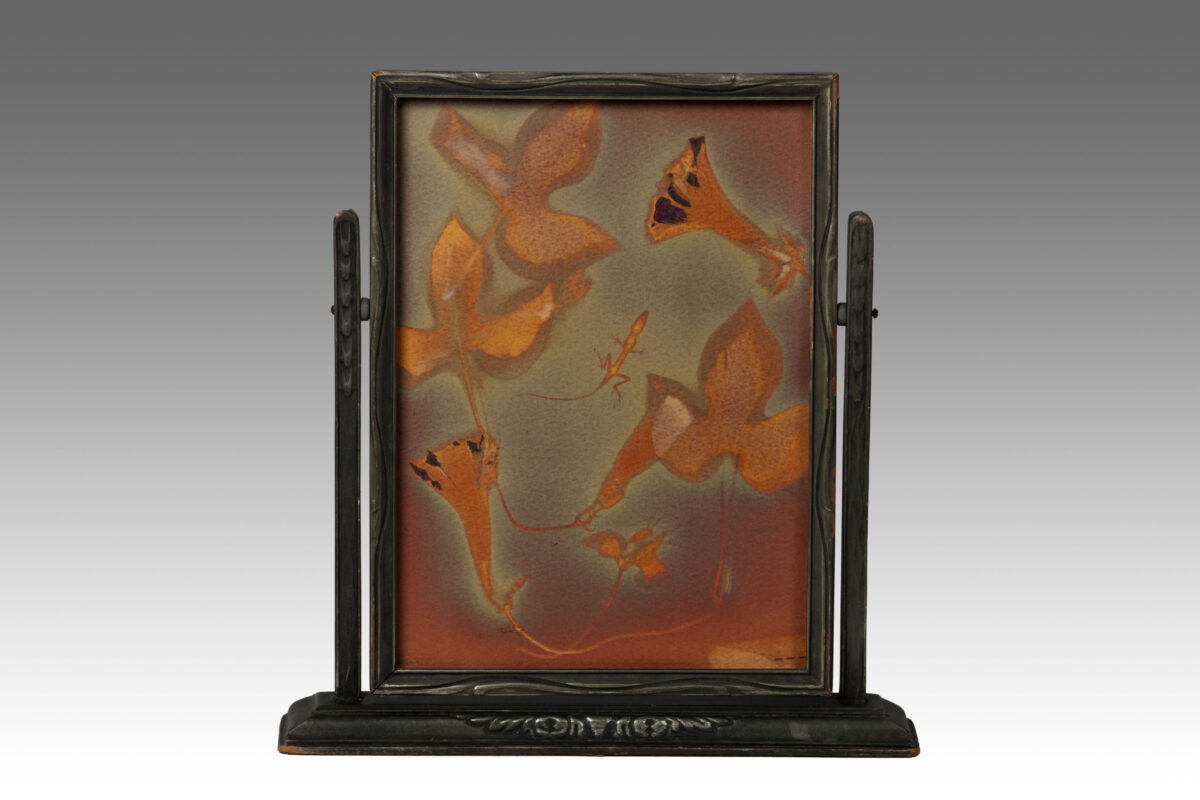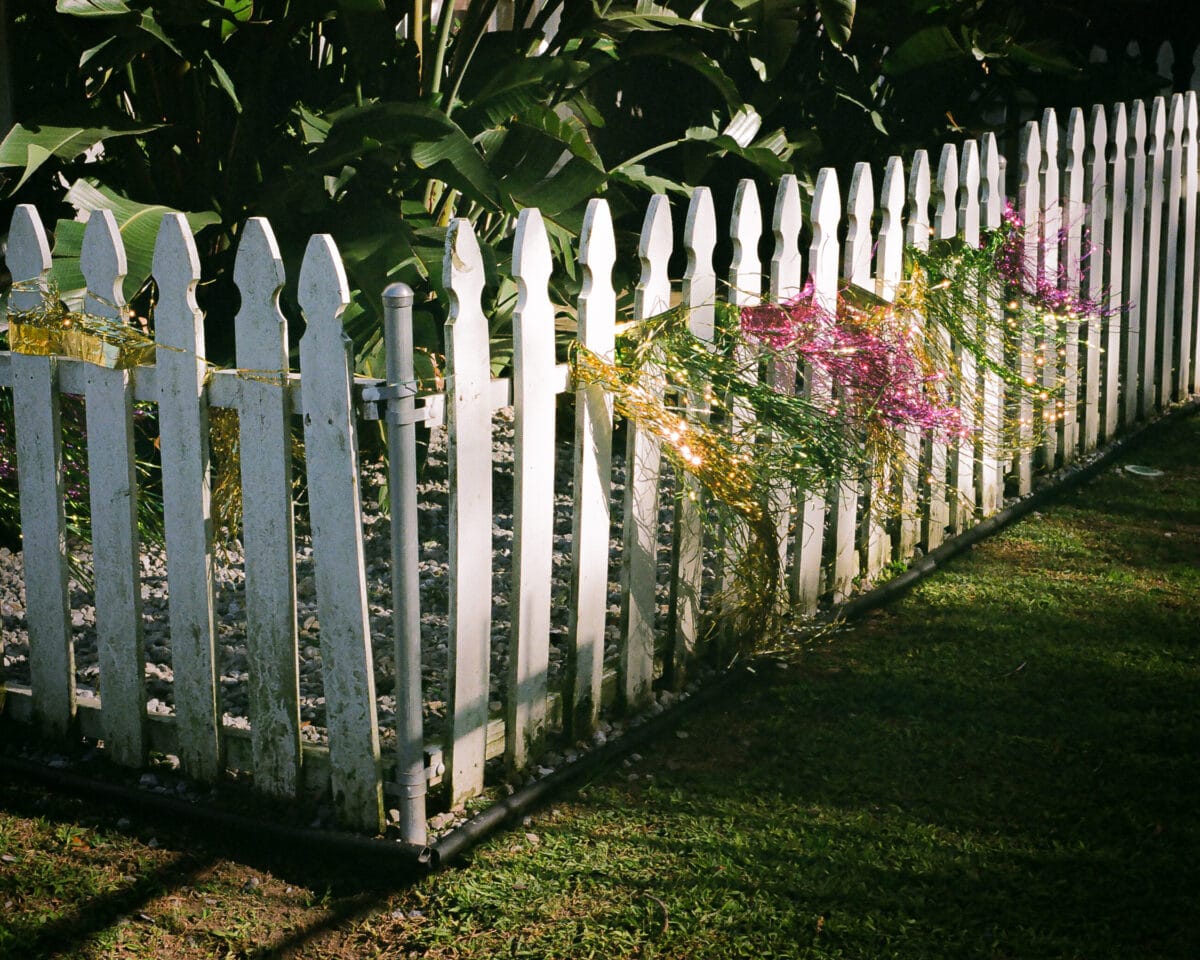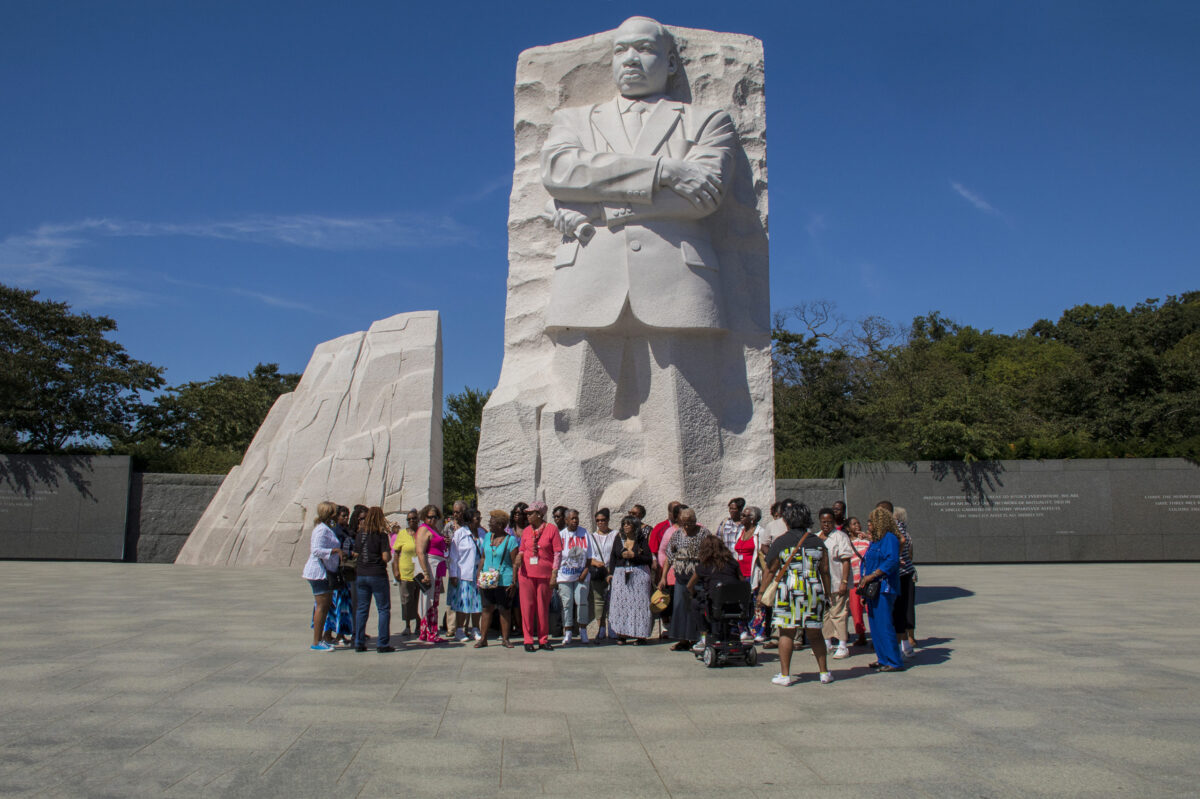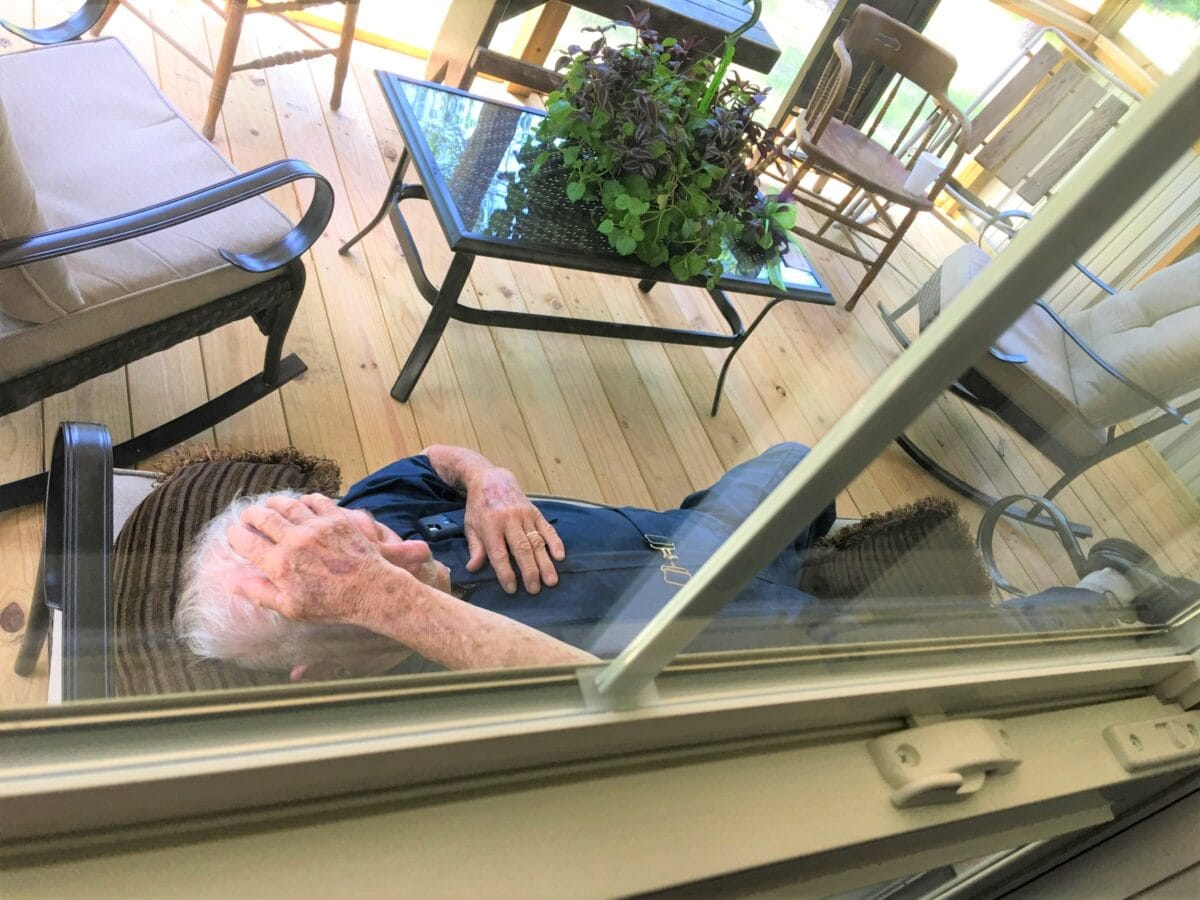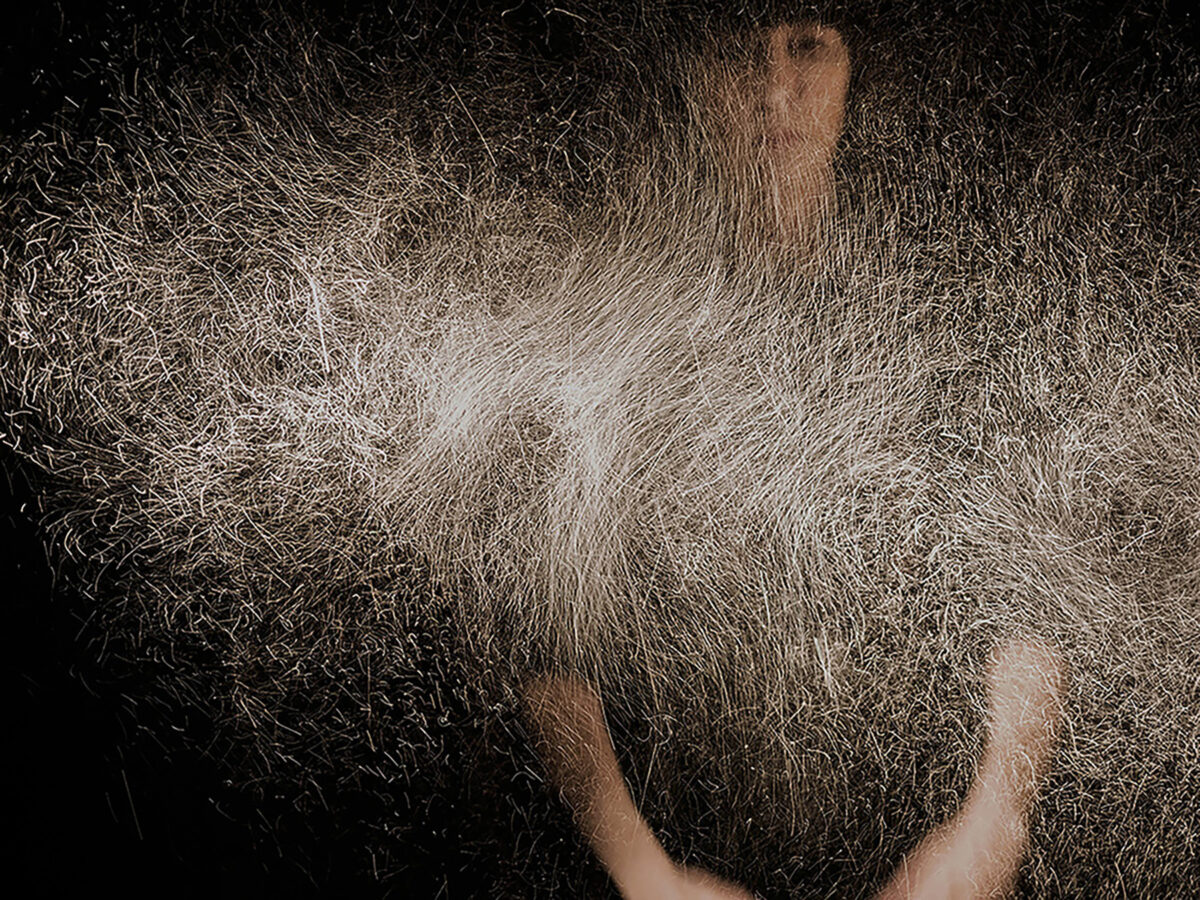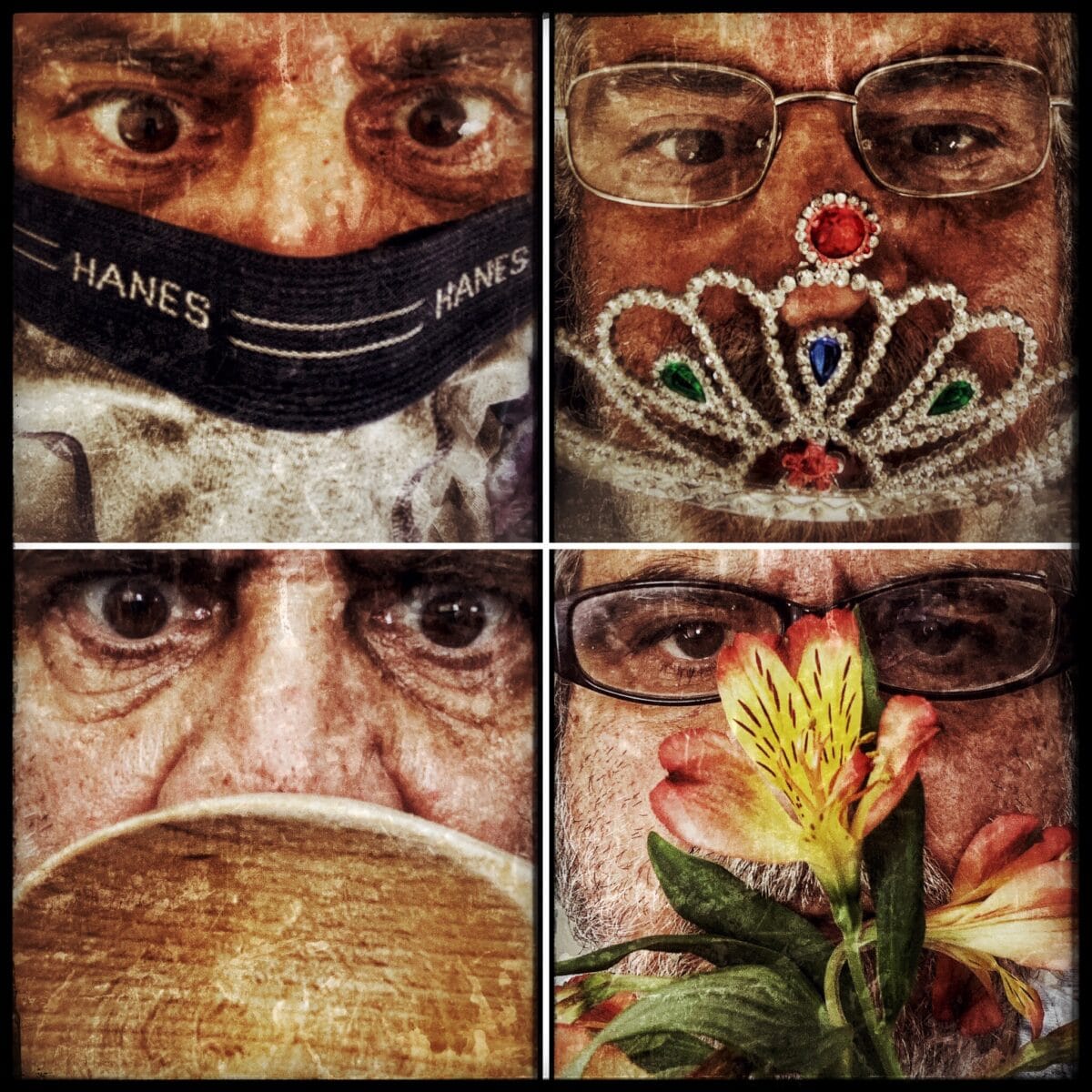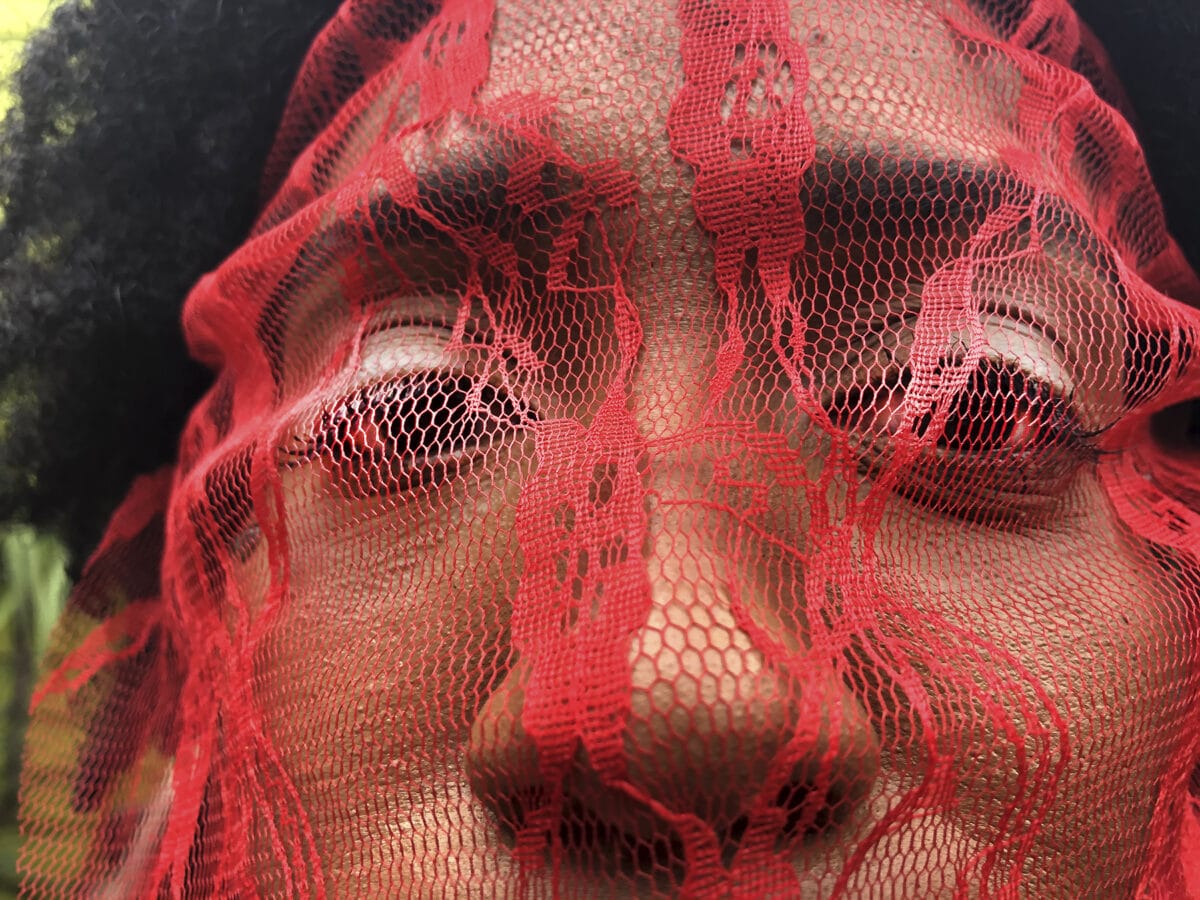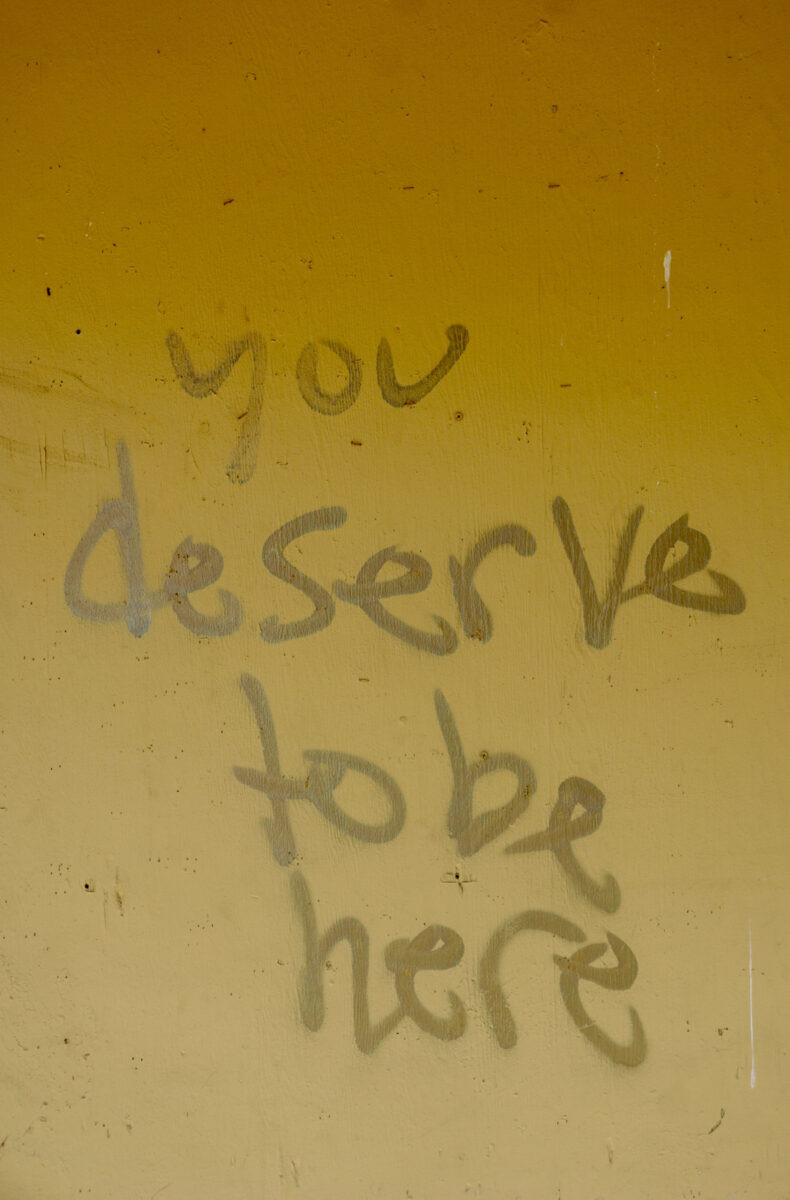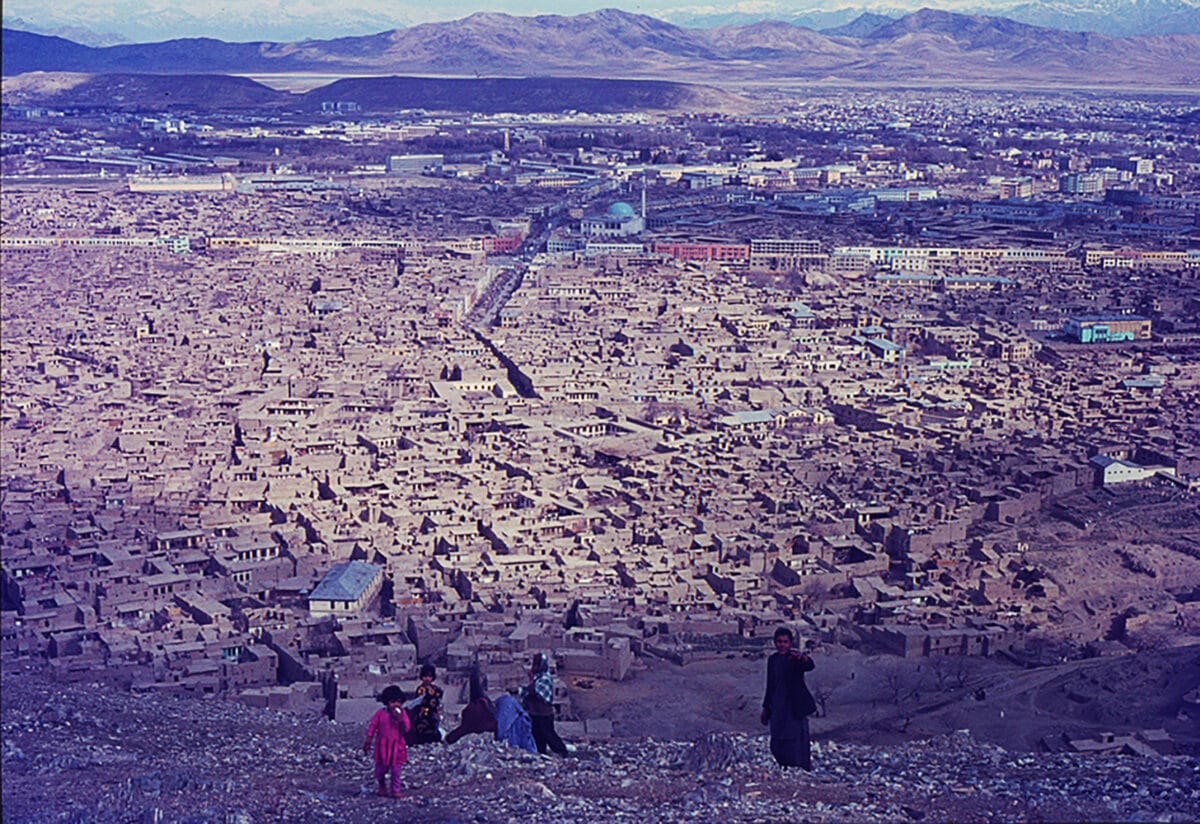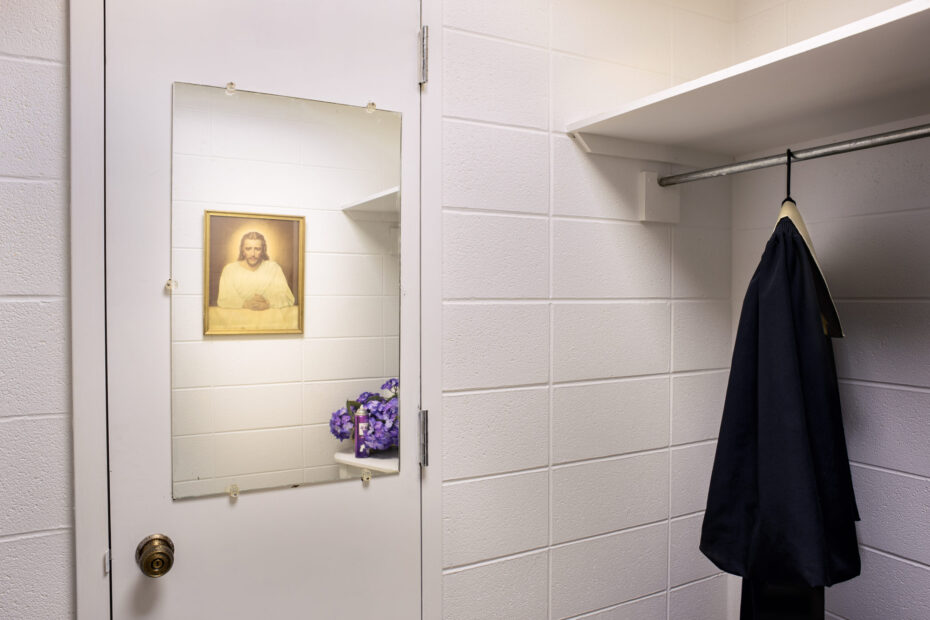June 30 – September 30, 2020
Featured image: Karen Bullock, Robing Room (Mobile, Alabama), 2019
Juror’s statement
In February, the New Orleans Photo Alliance approached me about participating in an exhibition, and together we came up with a concept that reflected an interest in photography’s capacity to represent moments-in-between, to explore the notions of liminal states or movement across thresholds.
NOPA members responded to the call with a number of photographic formats and a wider array of aesthetic and thematic concerns. Where some photos included here rely on the camera’s vision to blur the lines of human form or identity, others are precisely focused on the person and heavily loaded with a sense that something is about to happen. We find people in the middle, or on the verge of ecstasy, anxiety, humor, growth, and grief. Some works approach deeply personal or systemic changes, like puberty or gentrification, via metonym. Roads, rails, and waterways provide classic signs of liminality, of the sense of being neither here nor there but also in both places. In On the Line, these metaphors extend to borders and crossroads, some of which are real and others imagined. We can be assured that some of the objects in the photographs sat in front of a camera, and even touched the photographic surface. Other images have been manipulated with a computer, in order to construct new tableaux or turning something destructive into an abstraction of new life. How do brand-new digital constructions relate to a fifty-year old photograph of a place that no longer exists in the same way? For this socially distanced exhibition, photographs initially intended to slice out a piece of history and present it on the wall in front of our eyes have been uploaded and sent around the world. Does that moment on the line repeat forever?
Of course, a photograph arrests vision at a split-second, but to what extent can it help us understand the experience of being on the threshold of changes, whether physical, philosophical or metaphorical? A few weeks after we established the concept for On the Line, the Covid-19 pandemic sequestered many of us in our homes, and filled all of us with uncertainty about our health and economic safety. The murder of George Floyd at the hands of police on May 25, 2020 brought Americans back out into the streets, pursuing a long-delayed revolution that is spreading throughout the world, and which we remain on the cusp of seeing through to its conclusion. Although photographs capture a historical point that, necessarily, was, we always view them through our current moment. At this time, the spirit and questions raised by the works included in On the Line seem all the more urgent.
– Brian Piper
